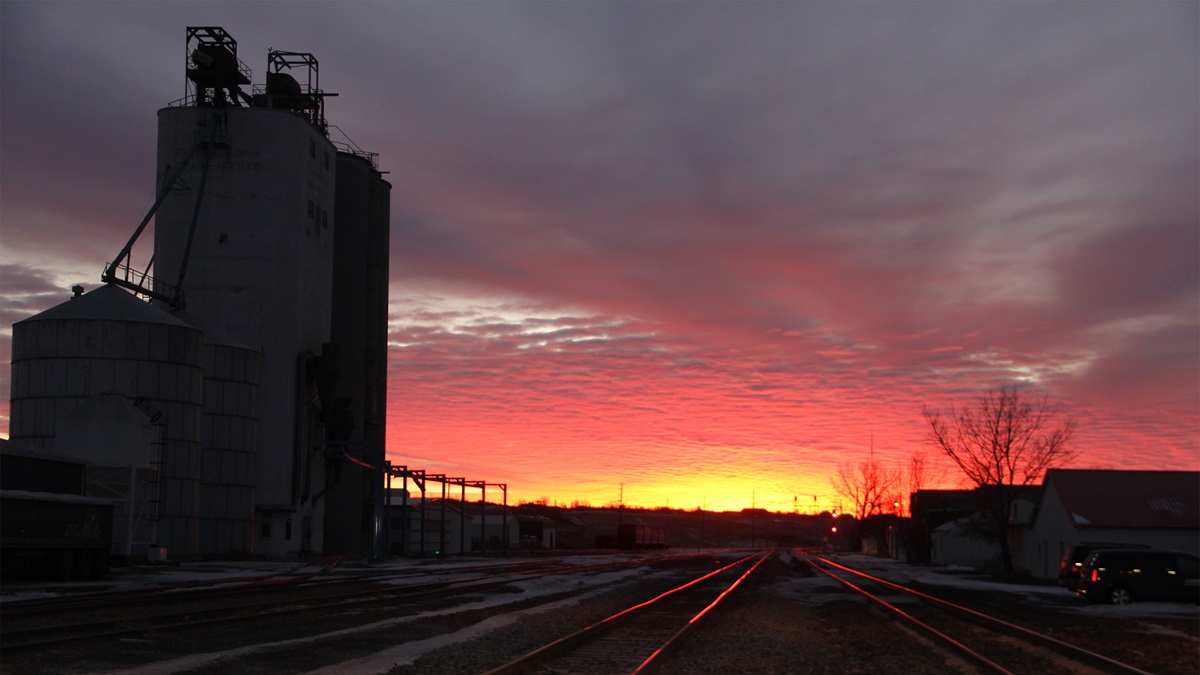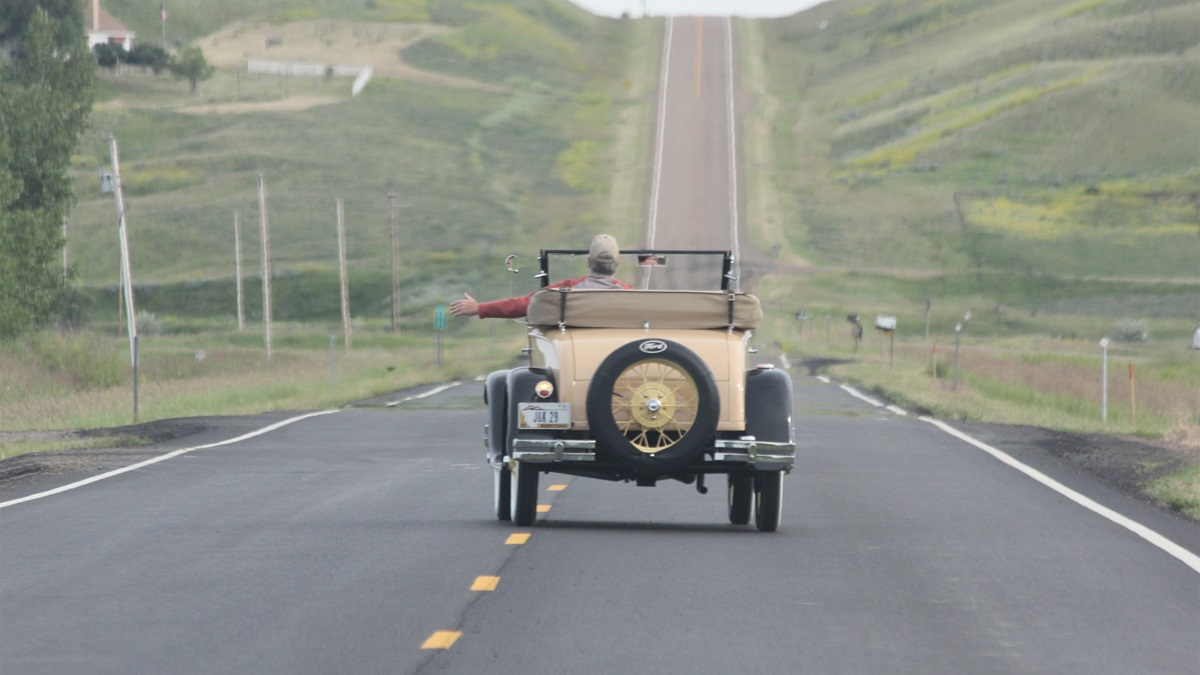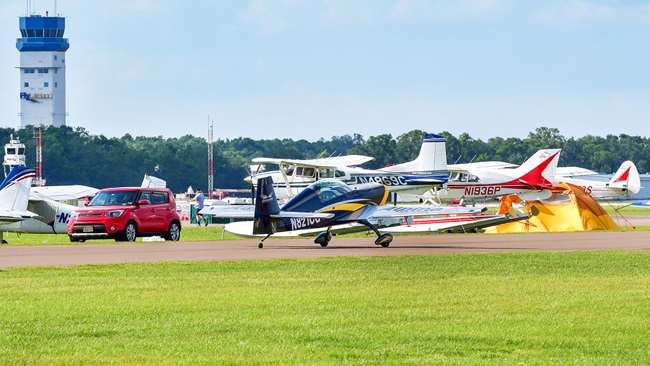The airport in the middle of nowhere
…and why you might want to go there
For people in some American towns, the value of a local airport might come into sharp focus only when a disaster cuts the roads and rails. But in the remote reaches of northeast Montana, particularly in the town of Glasgow, isolation is a fact of daily life that is embraced by those who live there, just as they also embrace the local airport—even those who aren’t exactly fond of flying. And there are a few good reasons that those of us with airplanes at our disposal might want to drop by and visit the community that was recently declared, by one of America’s most prominent newspapers, no less, the carefully calculated “middle of nowhere."
Westbound from North Dakota, Interstate 94 turns northwest after crossing the Montana state line, as if aiming straight for Glasgow. About 35 miles later it reaches Glendive and bends southwest, as if the highway planners thought better of it. The interstate doesn’t approach within 100 miles of the community declared recently by The Washington Post to be the lower 48’s exact “middle of nowhere.”
If you think the residents of Glasgow are somehow upset or put off by the newspaper’s declaration, think again.
“I’ve been having fun with that for years,” said Bob Lipscomb, who moved to town in 1988 with his wife, Peggy, to take a federal government job running the hydroelectric dam at Fort Peck. Reached by a phone call to the airport, where Lipscomb, now retired, keeps himself busy fueling airplanes, plowing snow, and keeping the place in good order, the longtime resident of the middle of nowhere measures the distance to the nearest Walmart in hours (two and a half, at minimum). He gets a kick out of calling customer service for this or that product, waiting to pounce when told to bring said product back to the store: “I say, ‘Well that’s great, but that’s a four-and-a-half hour drive.’”
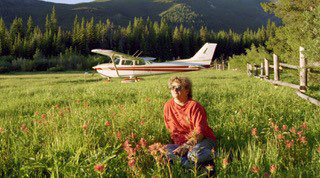
Lipscomb recently sold the Cessna 172 (with a 180-horsepower engine) that he flew for years, finding joy in out-of-the-way places, including one particular spot that he and Peggy call the “last, best place.” By Cessna, it is not too far from the middle of nowhere.
“We like going into the backcountry,” said the former president of the Montana Pilots Association (who earned a citation for his leadership from AOPA’s president at the time, Phil Boyer, in the early 1990s). He cheerfully concedes that one would not have to throw a rock all that hard to reach “backcountry” from downtown Glasgow. He carefully guards the particular location where one day his ashes will be scattered: “I’m not going to give you a specific spot.”
What’s out there? Wide open space, for sure, and there is beauty in that. And big game, for those who like to hunt antelope, deer, and elk; wild turkey, pheasant, and grouse are also attractions, explained Mayor Becky Erickson, who ran a supper club in town for 27 years. Before returning a call, she had prepared a list of local attractions, personally supplementing the Montana Office of Tourism's online collection of details on her town.
“Big game hunting out here is huge,” Erickson said. But there is much more than hunting. The lake just south of town, partially created by the hydroelectric dam at Fort Peck, is large with about 1,500 miles of shoreline, and teems with fish, hosting the governor’s annual walleye tournament. While the campsites are generally full all summer, “you can get out on the lake and you don’t run into another boat the whole day until you come back into the marina.”
Erickson had plenty more on her list: 21 acres of parks within city limits, another just outside of those limits that features a kid’s fishing pond (poles and tackle can be borrowed from the local library); a year-round recreation and civic center that hosts a range of activities from racquetball to swimming to tap dancing. There are walking trails and bicycle trails, and Glasgow is a popular destination for cross-country cyclists, many of whom pedal from Washington state to visit.
“We’re proud of where we live,” Erickson said. “We love our community.”
Glasgow is home to ranchers and railroad workers, and many of the residents work directly or in support of one of those industries. Lipscomb said many appreciate the twice-daily service by Cape Air connecting Glasgow to Billings, which makes it possible to get to Billings for a doctor’s appointment, and back the same day. (Specialists are also flown in regularly to local facilities.) The airfield hosts an eclectic mix of general aviation, and there is a waiting list for hangar space. Lipscomb fuels Cessnas and Beechcrafts, Pilatus turboprops and a Great Lakes biplane, a couple of Cubs, and others. Upwards of 40 aircraft are based at the airport, and there are signs that GA might be on an upswing.
“We’re just now starting to get an interest in new pilot starts, which is really, really refreshing to see,” Lipscomb said. “For a while there, we weren’t getting any new pilots… The interest seems to be coming back.”
It could be the economy, or the weather, perhaps. Glasgow has endured drought in recent years, though nearly 40 inches of snow had fallen by the end of February, and that means water for the land that many in Glasgow earn their living from.
Things do slow down a bit in winter. Temperatures in January averaged nearly 3 degrees below zero; and February averaged just below zero, among the five coldest Februaries in the last 125 years, the mayor noted with perhaps a touch of pride. Lipscomb, who grew up in Washington, D.C., and moved to Florida in his high school years, has since lived west of the Mississippi River, and said the winters can be a little tough, depending on your perspective.
“Just depends on how much sand I guess you have,” Lipscomb said. “Some people love it, some people don’t love it.”
You might think that most of the fellow pilots Lipscomb meets and greets at the airport are local, but you’d be wrong. At least a little.
“One of the things that we seem to see a lot of is aircraft that are flying the Lewis and Clark Trail,” Lipscomb said. “They’re flying the river … they usually stop in Glasgow for fuel.”
In the summertime, visiting pilots might want to stick around a while. The Fort Peck Theatre hosts summer performances, a lovingly restored and “world-class” arts destination, Lipscomb said. Native American tribes host pow wows that also draw a crowd, and you can also drop by the Valley County Pioneer Museum to learn more about the roots of this community, and the region. A call to the museum landed a chat with lifelong resident Barbara Hoffmann, who explained that the airplane mounted on a pedestal in front of the museum is a T-33 jet donated by the U.S. Air Force when the local base was closed.
That former military airfield, about 15 miles from downtown Glasgow, has since become a private field with a 13,500-foot runway owned by Montana Aviation Research Co., a Boeing subsidiary. It is used occasionally and was where Boeing brought the MV-22 Osprey to test its cold-weather tolerance about a decade ago.
While Boeing comes and goes, the Lipscombs decided to put down roots.
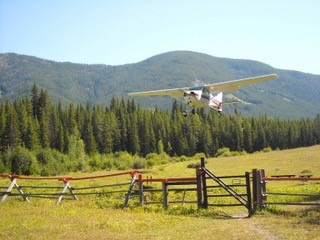
“The thing that impressed me was the people here,” Lipscomb said, recalling that he and Peggy were persuaded to stay in large part because of a train derailment. It was the community’s response to a call issued on local radio to help shelter the passengers that moved them: People all over town opened their homes.
“That’s what initially got us,” Lipscomb said, noting that this happens any time there is a need. “Our community steps up and just gives from the bottom of their heart, and that’s just so gratifying. It’s a great place to live.”
Hoffmann paused her own recitation of Glasgow’s many virtues to tell a pair of departing visitors about the story in The Washington Post, and the now-official designation of the town as being squarely “in the middle of nowhere.”
“They’re getting a chuckle out of it, too,” Hoffmann said.







